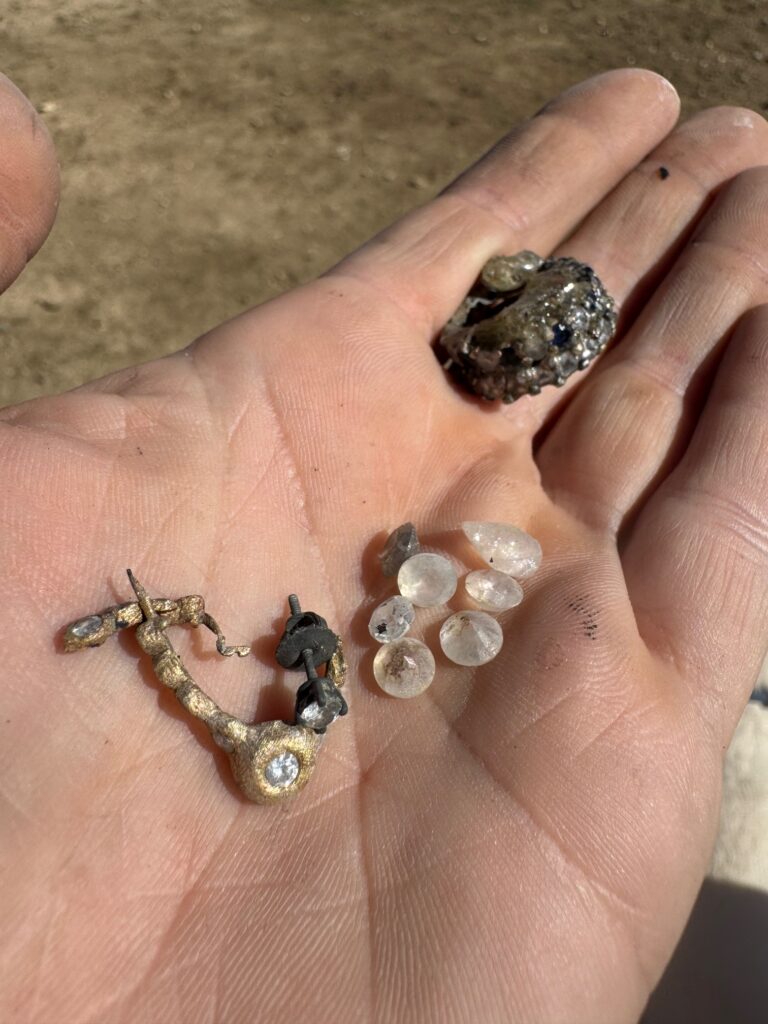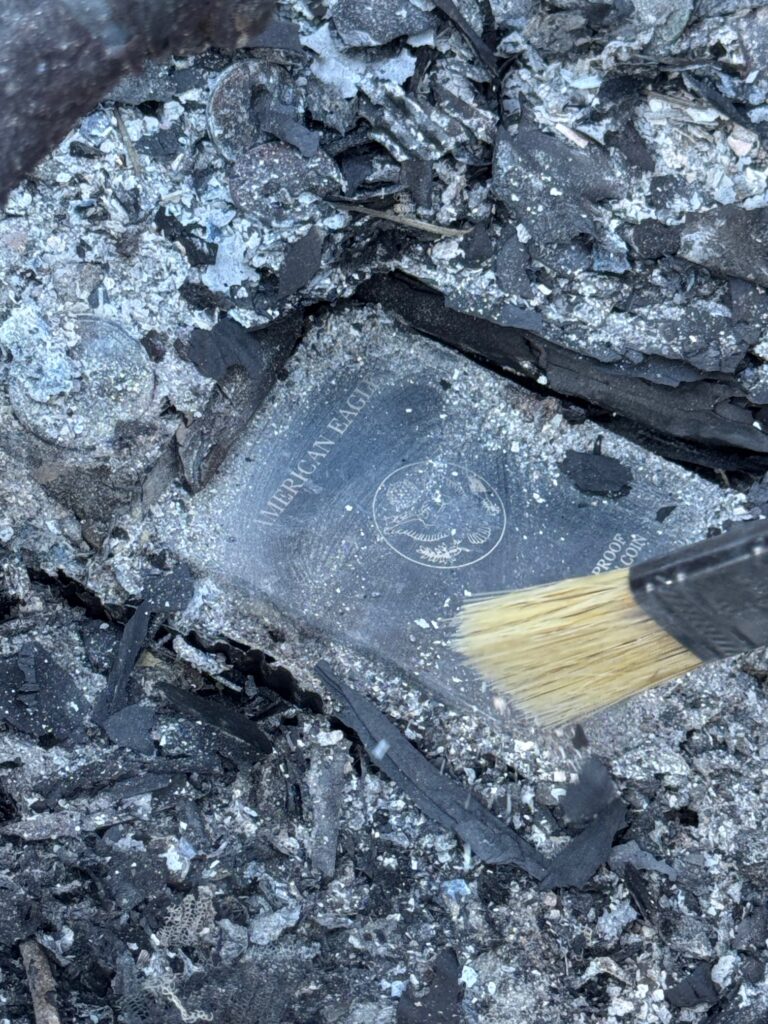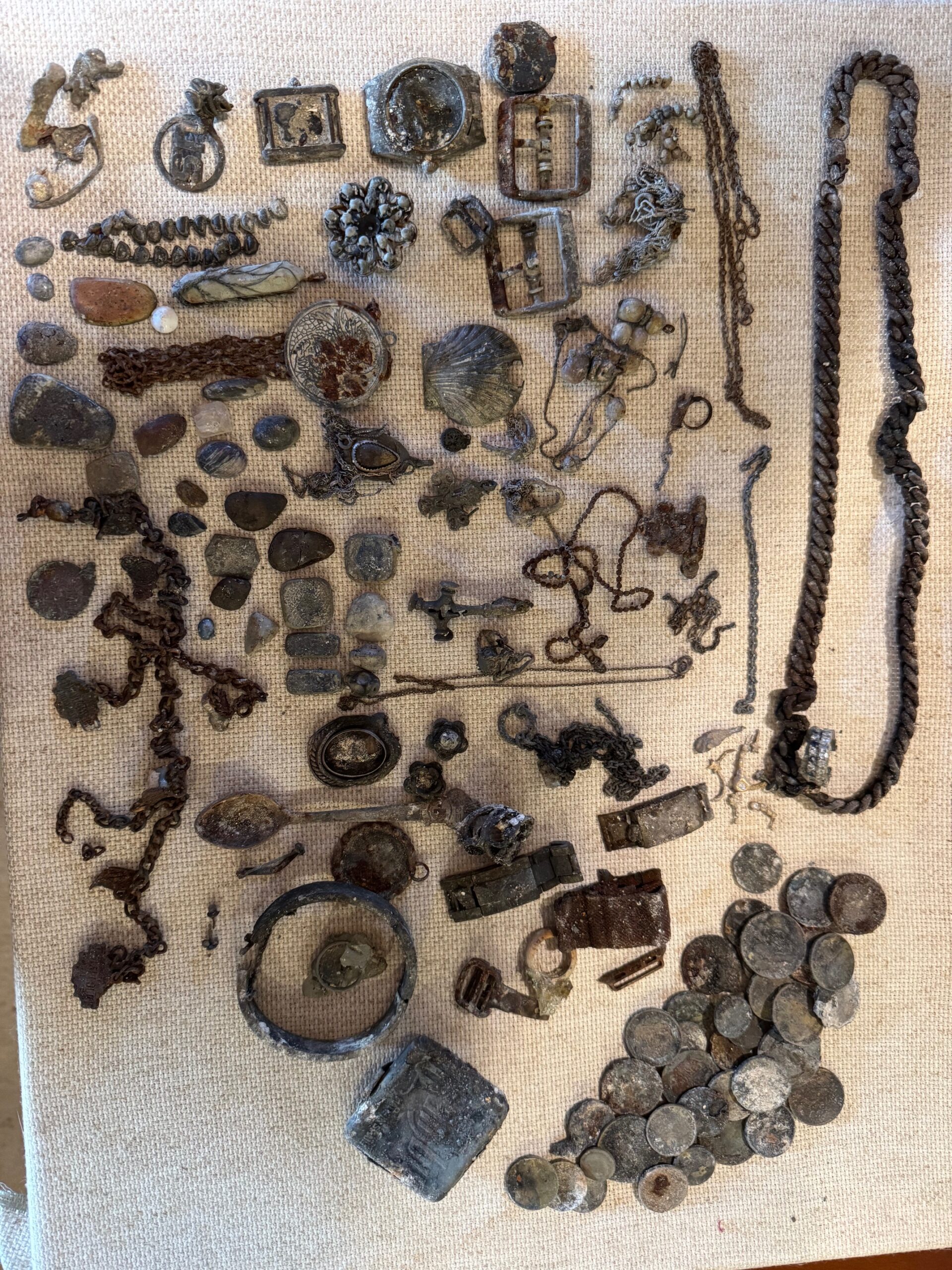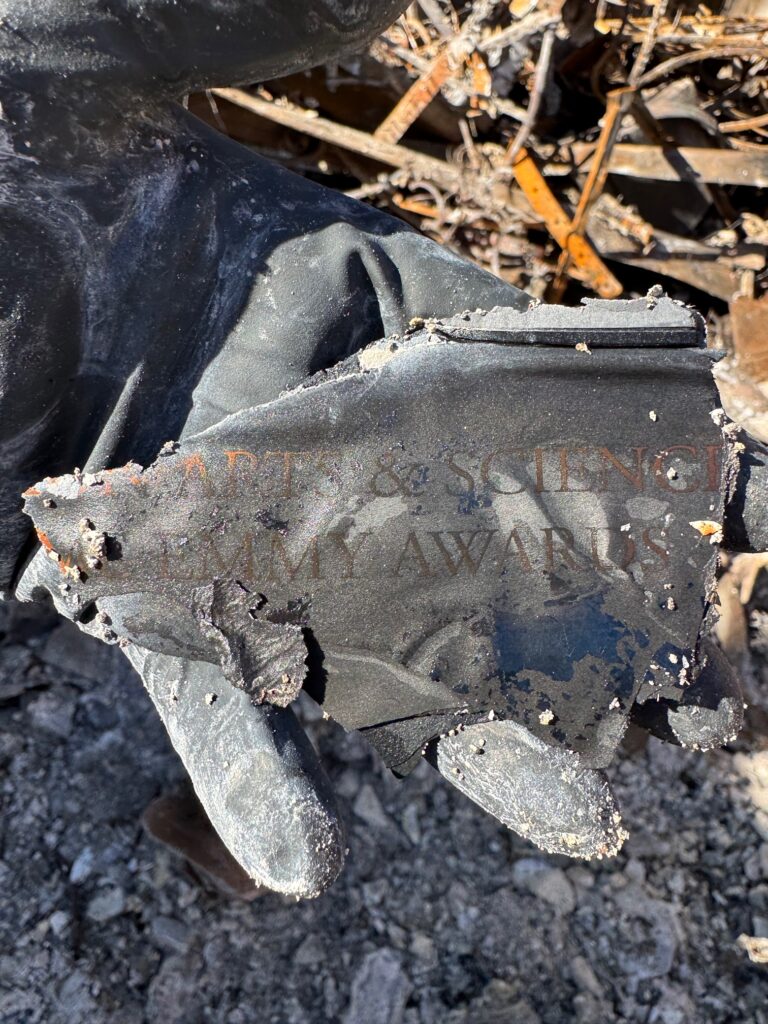

Helping Recover What Matters Most
Currently serving victims of the Palisades and Eaton Fires
What We Do
After a wildfire, your home may be gone—but not everything is lost. At Wildfire Recovery Archaeology (WFRA), we use scientific, research-driven methods to recover surviving belongings from the debris of destroyed homes.
Compared to non-specialist efforts—whether by homeowners, volunteers, or general cleanup crews—our specialized approach increases the chances of recovering meaningful items while preserving vital context.
With extensive expertise and unwavering dedication, we consistently deliver favorable resolutions, ensuring our clients recovery process progresses without additional burdens.
Our Values
Our work is rooted in science and compassion, and we use traditional and specialized excavation techniques to pinpoint key areas within a site to begin recovery. We carefully analyze:
✔️ Fall patterns & site layers
✔️ Proximity to known markers
✔️ Shifts in debris movement
Above all else, we believe item recovery is a humanitarian right, not a luxury. Beyond serving our clients, our work contributes through research that we hope will secure funding and integration of this work within currently established disaster response phases.


The reality of the aftermath of a wildfire is that there is no 1:1 support for victims and their unique situations.
Returning home following a wildfire isn’t easy. What are the guidelines for safety? Can you even enter the site? Where do you start, and how do you do it, when it comes time to search for remaining items?
We’re happy to help you on the path to recovery. From fire behavior analysis to hands-on excavations, we can apply our years of experience to identifying key areas of your home and recovering everything possible. We’re always happy to consult for you, work next to you you, or take the lead for you.
Utilizing traditional and new archaeological and science-based procedures, and with the backing of the forefathers of disaster archaeology (Gould, et. al), our methods significantly streamline the process of locating, recovering, and repatriating your possessions, while reducing risks of contaminating the air or outer footprint of your site; measures necessary to keep your state or federal funding.
Amanda didn’t give up on combing every inch of my home until she found everything that was left for us to find. I will be eternally grateful for her diligence and determination.
Summer P.
The urgency in recovering your possessions isn’t just personal: looting, environmental decay, debris shift, organization and crew disruptions, and excited volunteers can all work against the clock. Working without premeditated routes and understandings of layer collapses, heat indexes, and careful movement within the debris can not only dislocate items and interrupt fall patterns, it could contribute to further item loss, or additional expenses during the recovery process.
Phase II Debris Cleanup can happen with very little notice. The sooner we are able to work with you to recover your belongings, the less you have to worry about getting the “24-48 hour” phone call. Acting quickly, working methodically, and focusing on only your areas of concern within the home’s footprint reduces overall project costs for you, and helps us make as much of an impact as possible for other victims.

Your support for our work offers so many other benefits:
- Training Future Professionals: Your site helps students in archaeology, anthropology, forensics, law, sociology, case management, and even documentary film gain real-world, compassionate experience in disaster recovery.
- Contributing to Research: Every recovery site we work on supports our ongoing efforts to secure future funding, so this vital service can be available to more wildfire survivors at no cost.
- Achieving Closure: We help answer the lingering question, “What really happened in my home?”—providing definitive findings that support insurance claims and help you move forward in your recovery.
Questions about the process?
We’re here to help. From Reentry after Phase I, to ROEs before Phase II, we’re always glad to answer questions.
Consultations available via phone, Zoom, or in person.








Media We Recommend
PBS 2025
PBS 2019
“Amanda, I wanted to thank you for your sensitive and thorough expedition up on our property. You found items that survived in various states in the footprint of our home. You kept us in the loop every step of the way. Finding Mom’s coins and wedding band just to name a few items are treasures that will be shared with the rest of the family. We forged a friendship that I know will last a lifetime.
Thank you for your professionalism and your bravery during a horrific time in our lives. Eternally grateful.“
Carolyn Rhodes Stuart
“The process took a little longer than expected, but in the end, they were able to track down my wedding china and silver, and my husband’s antique guns. Communication was clear, and Amanda and her team were courteous and professional. Worth the wait if you’re looking to recover something important.“
Don Lilo
“I didn’t call until I saw how many of my neighbors had things found for them because I didn’t think there was anything left to find but there was a lot you found that I didn’t think about. I didn’t know you could find such small things either but you did and they are memories not just things. Thank you.”
Martin George
“I just wanted to thank you for your efforts on our property. You helped bring me some closure with finding my dog Bruno. I was still searching hoping he was alive somewhere, checking shelters daily and asking everyone I know on the mountain.
Anyway, I made a nice site for him to rest and I thank and appreciate you for the opportunity to do that.”
Patrick Lawing
“Quick, professional, and effective! I thought I’d lost several valuable family heirlooms for good during the fire. The team with WFRA located where they were within the first several hours and kept me informed the entire time on the status of each item.
Their customer service was top-notch—highly recommended!“
Jen Iacovone
“Amanda embodies the meshing of carrying out professional duties and being personally cared for. One of the treasures I Was able to retain after the fire was knowing her.“
Nicole Regan